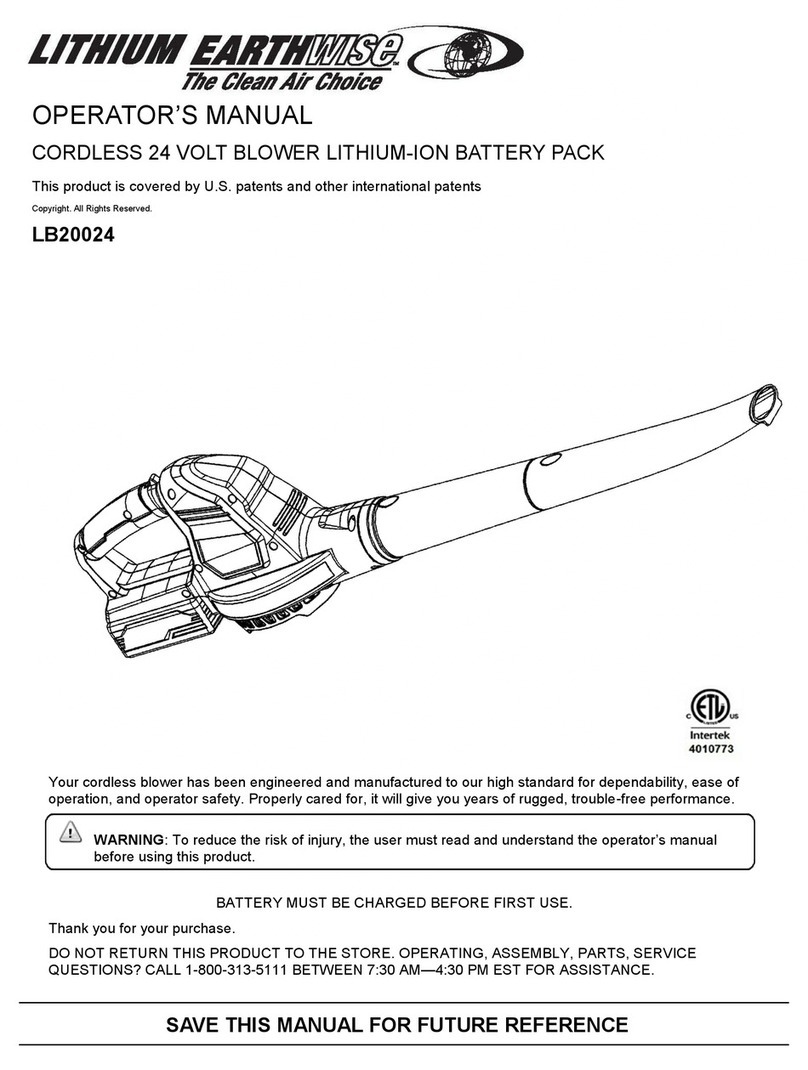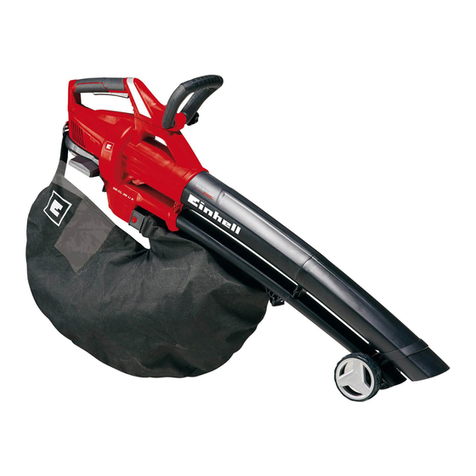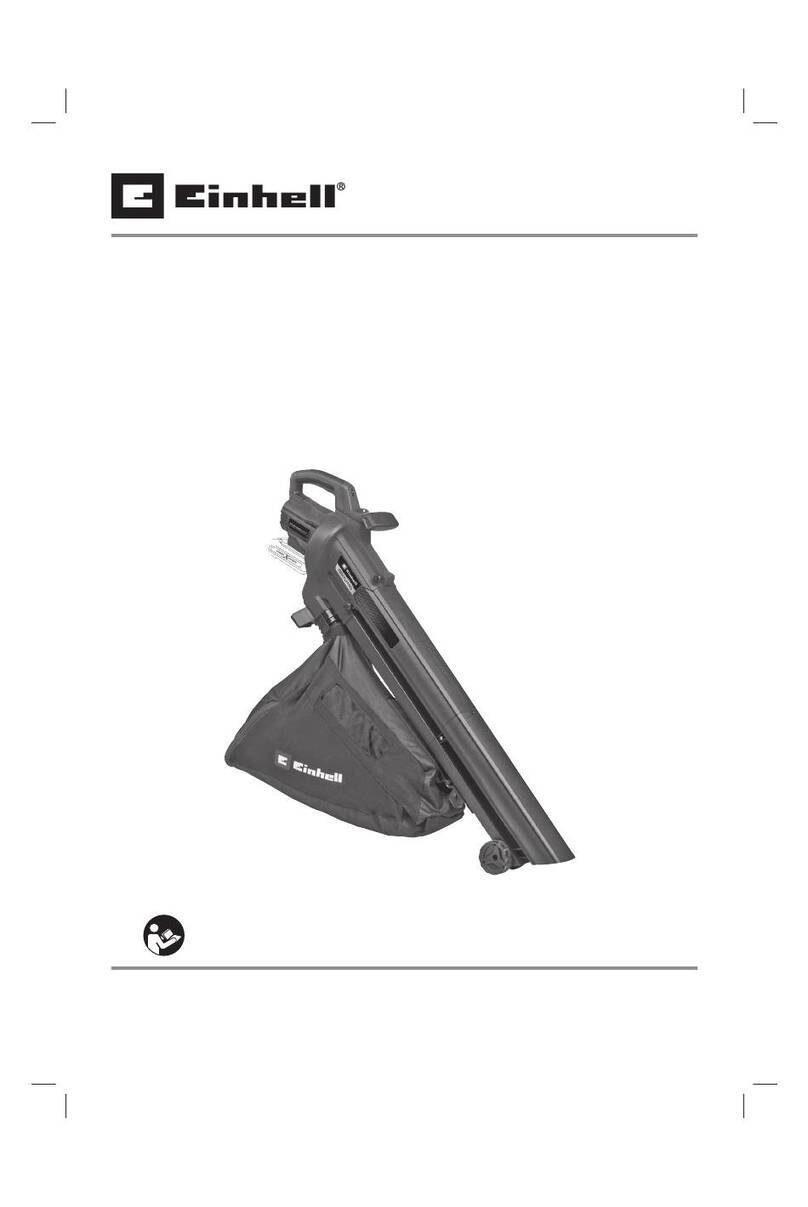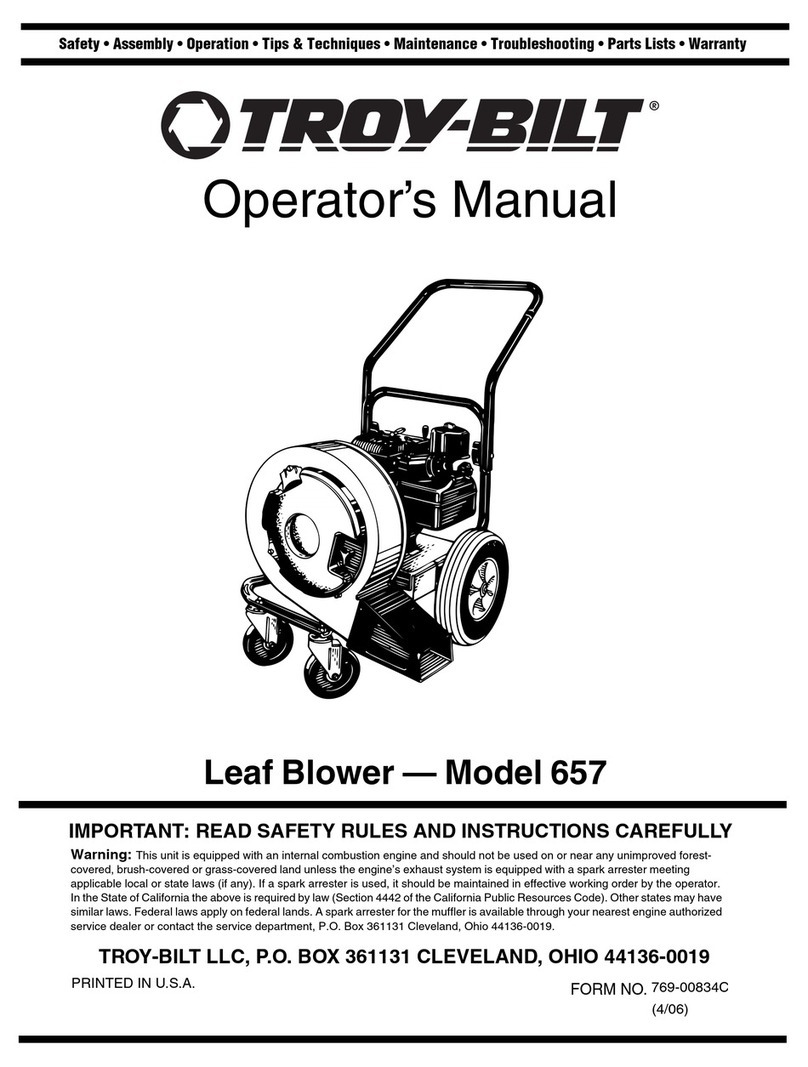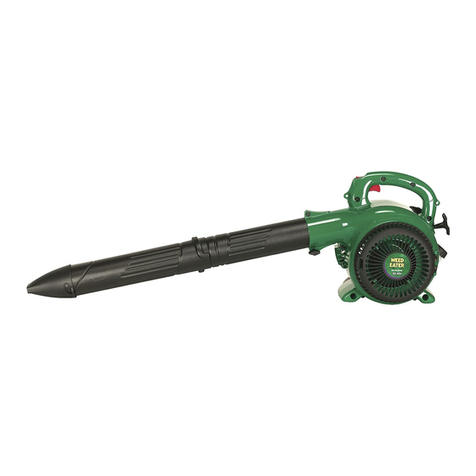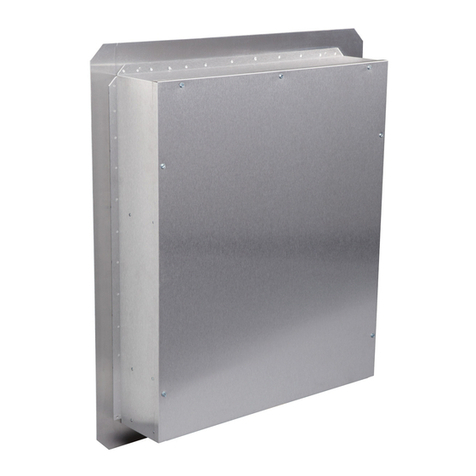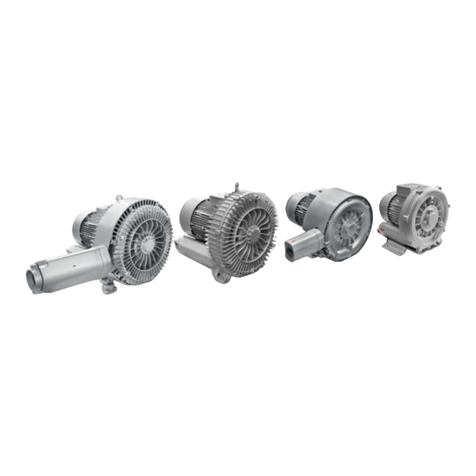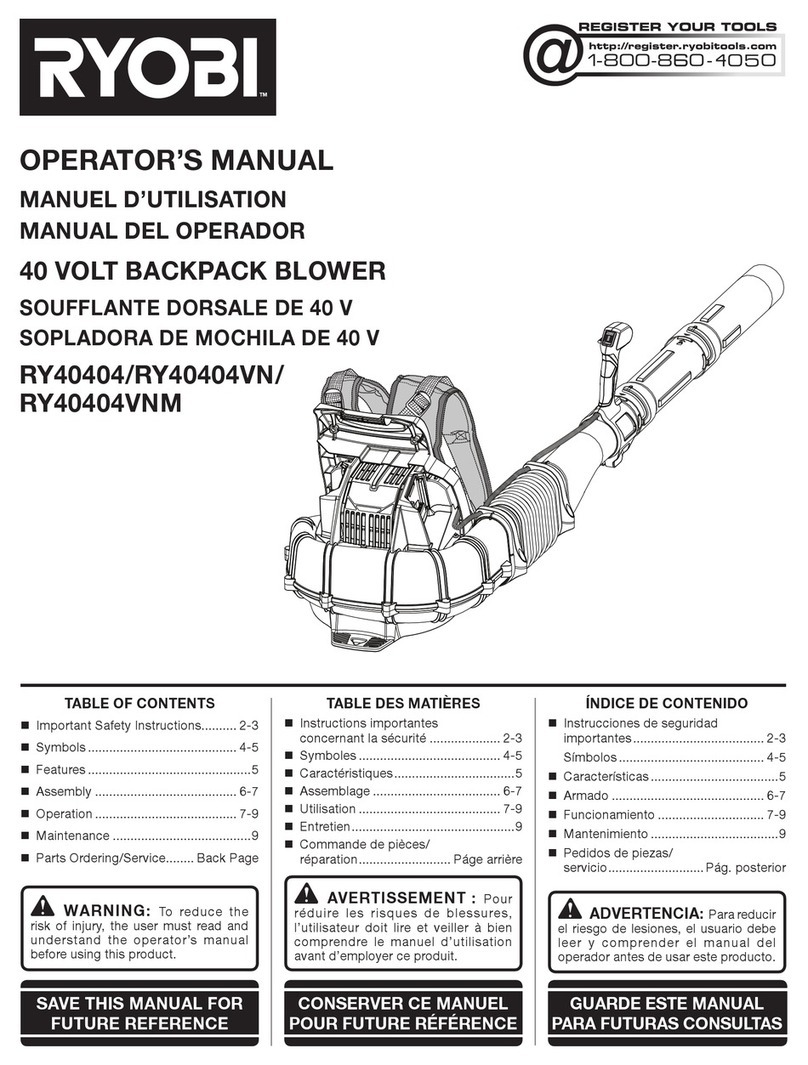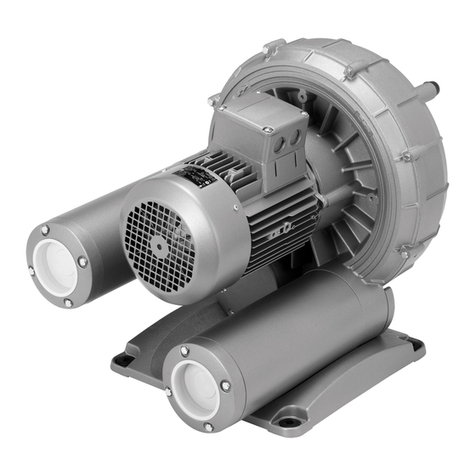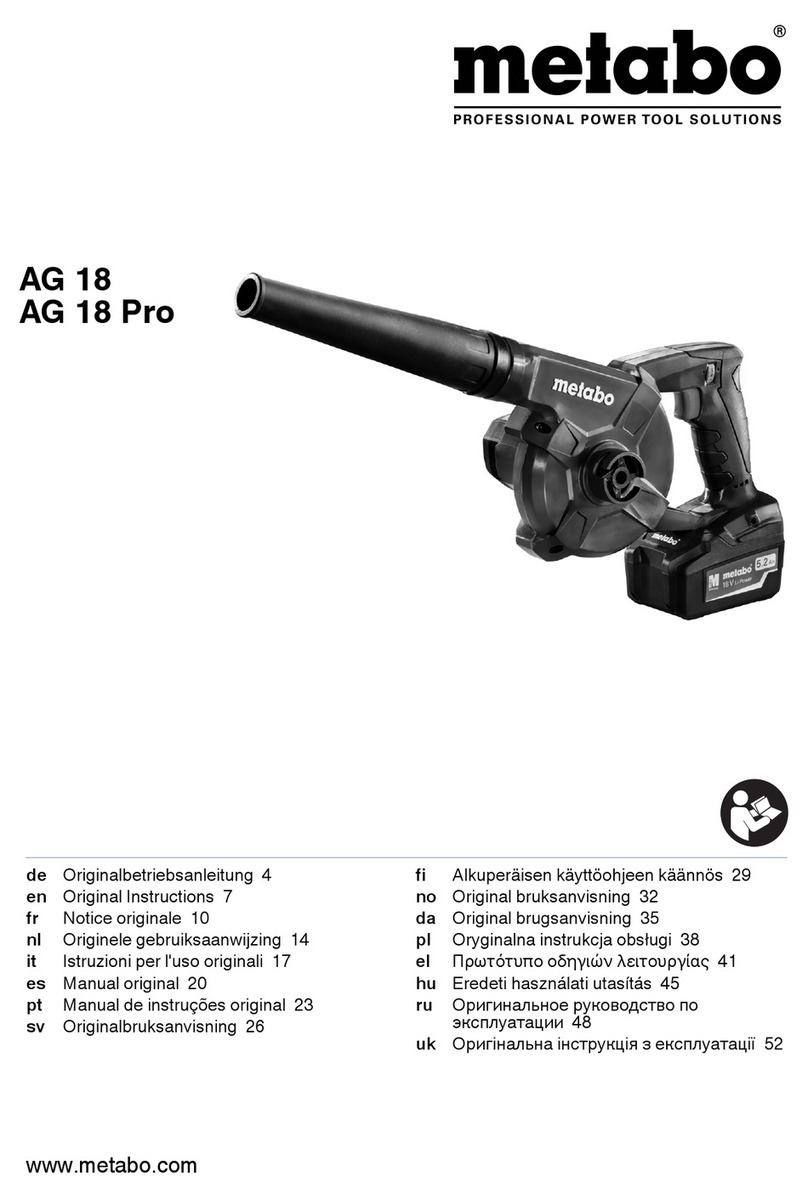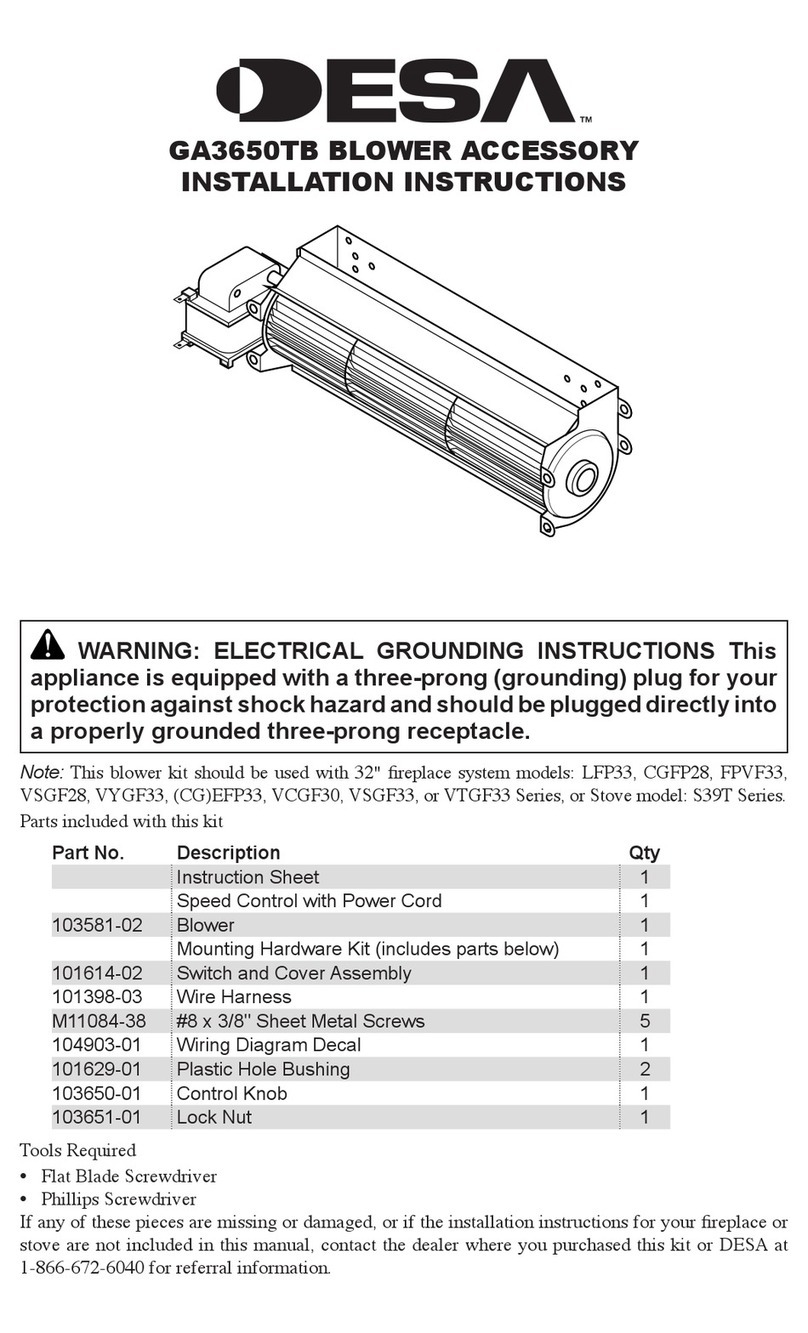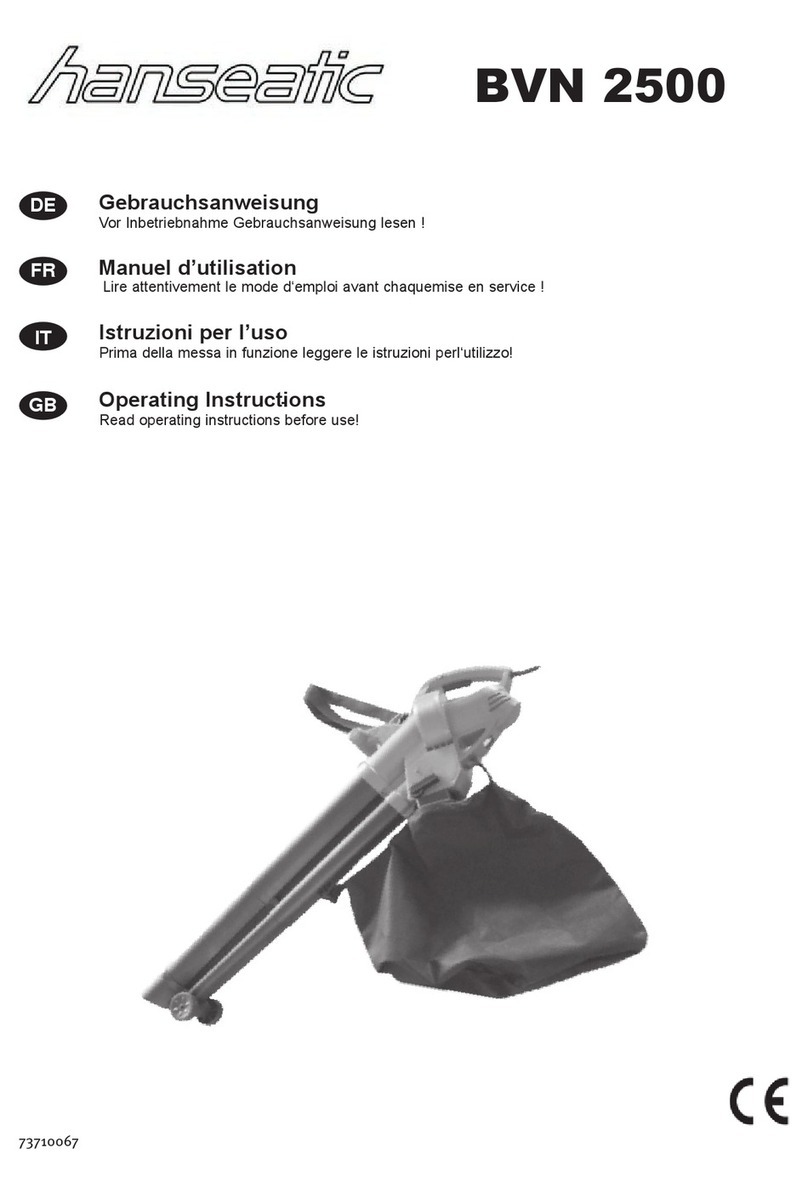
4
Section 2
3. DO NOT allow children to ride or play on the
machine, it is not a toy.
4. Clear the area of large foreign objects that could be
picked up and thrown by the blower fan.
5. DO NOT direct the discharge nozzle toward
bystanders, buildings, or any area that may cause
harm to yourself or others.
6. Plan a clearing route, avoid tight areas that may
cause debris to be blown back at the operator.
7. DO NOT carry passengers.
8. DO NOT operate the machine under the influence of
alcohol or drugs.
9. If the operator(s) or mechanic(s) cannot read
English, it is the owner's responsibility to explain this
material to them.
10. DO NOT wear loose fitting clothing. Loose clothing,
jewelry, or long hair could get tangled in moving
parts. Do not operate the machine wearing shorts;
always wear adequate protective clothing including
long pants. Wearing safety glasses, safety shoes,
and a helmet is advisable and is required by some
local ordinances and insurance regulations.
WARNING
Always wear hearing protection. Operating this
machine over prolonged periods of time can
cause loss of hearing.
11. Keep the machine and attachments in good
operating condition. Keep all shields and safety
devices in place. If a shield, safety device, or decal
is defective or damaged, repair or replace it before
operating the machine.
12. Fuel is flammable; handle it with care. Fill the fuel
tank outdoors. Never fill it indoors. Use a funnel or
spout to prevent spillage. Clean up any spillage
before starting the engine.
13. DO NOT add fuel to a running or hot engine. Allow
the engine to cool for several minutes before adding
fuel. Never fuel indoors or inside enclosed trailers.
14. Keep flammable objects (cigarettes, matches, etc.),
open flames, and sparks away from the fuel tank and
fuel container. Use only approved containers.
15. Equipment must comply with the latest requirements
per SAE J137 and/or ANSI/ASAE S279 when driven
on public roads.
16. Do not operate without the nozzle completely
installed.
17. Check the blower fan mounting bolts at frequent
intervals for proper tightness.
18. Make sure all hydraulic fluid connections are tight
and all hydraulic hoses and lines are in good
condition before starting the machine.
19. Be sure the interlock switches are functioning
correctly.
WARNING
This machine is equipped with an interlock system
intended to protect the operator and others from
injury. This is accomplished by preventing the
engine from starting unless the blower fan is
disengaged, the parking brake is engaged, the
steering control levers are in the neutral position,
and the operator is in the operator's position.
The interlock system shuts off the engine if the
operator leaves the operator platform with the
steering control levers not in the neutral position
and/or the fan engaged and the parking brake not
engaged.
2.4 TESTING THE SAFETY INTERLOCK
SYSTEM
The safety interlock system should be tested each time
before using the machine. If the safety interlock system
does not operate as described below, contact your local
Authorized Scag Power Equipment Dealer immediately to
have the safety interlock system repaired.
1. Stand on the operator platform in the operating
position, place the steering control levers in the
neutral position, engage the parking brake, and
engage the PTO switch to the ON (up) position. Try
to start the engine; the engine should not start.
2. Stand on the operator platform in the operating
position, place the steering control levers in the
neutral position, disengage the parking brake, and
move the PTO switch to the OFF (down) position. Try
to start the engine; the engine should not start.
